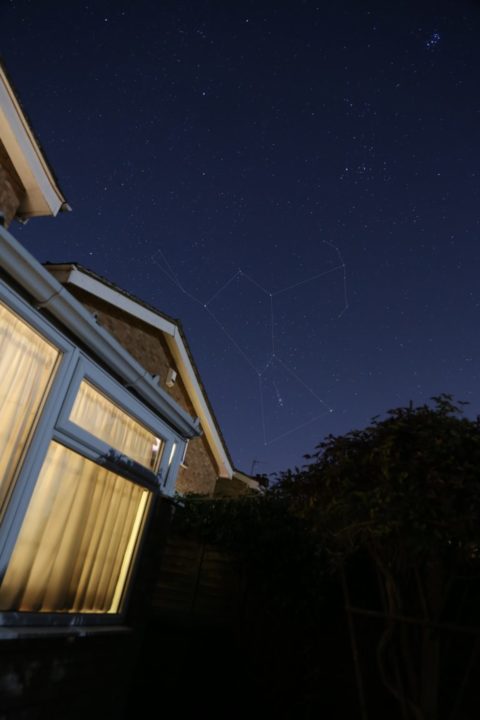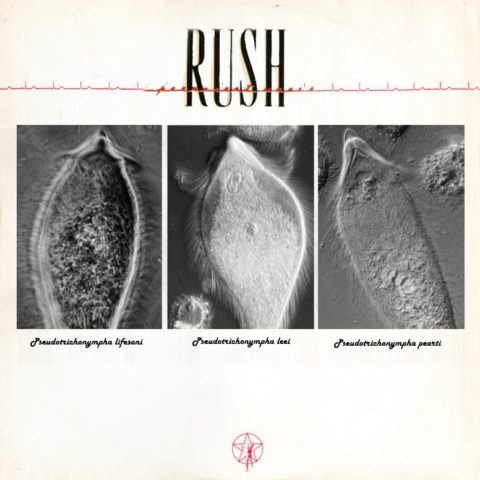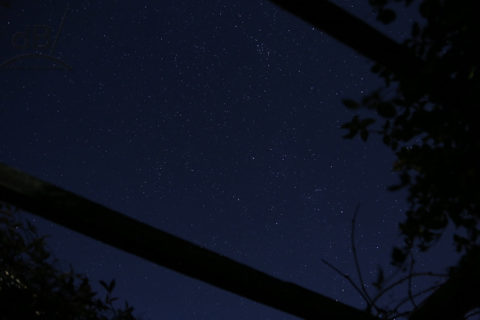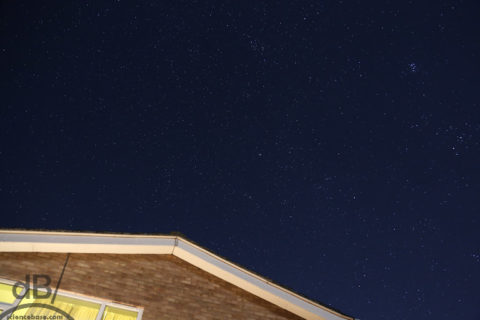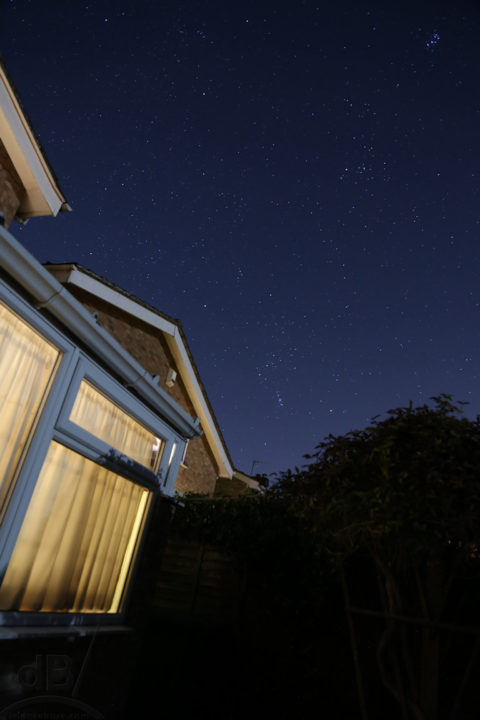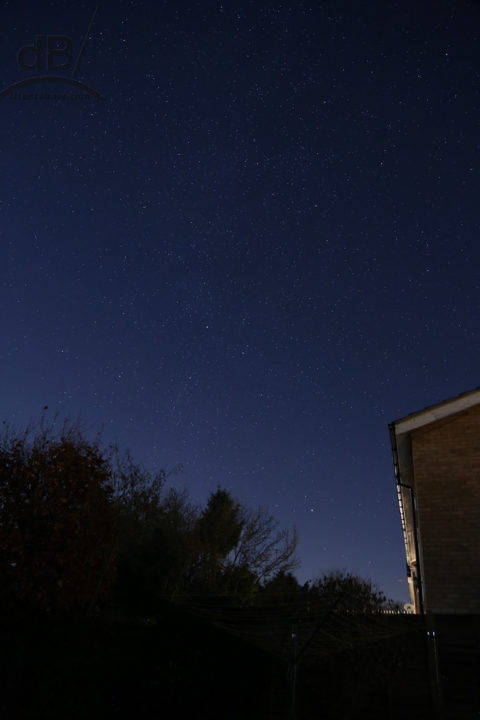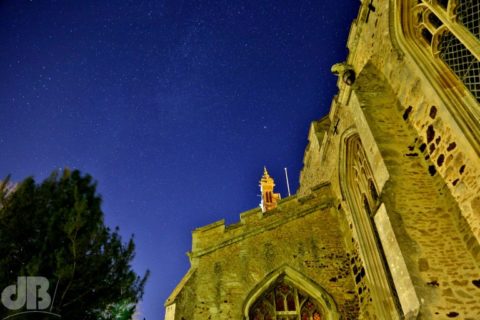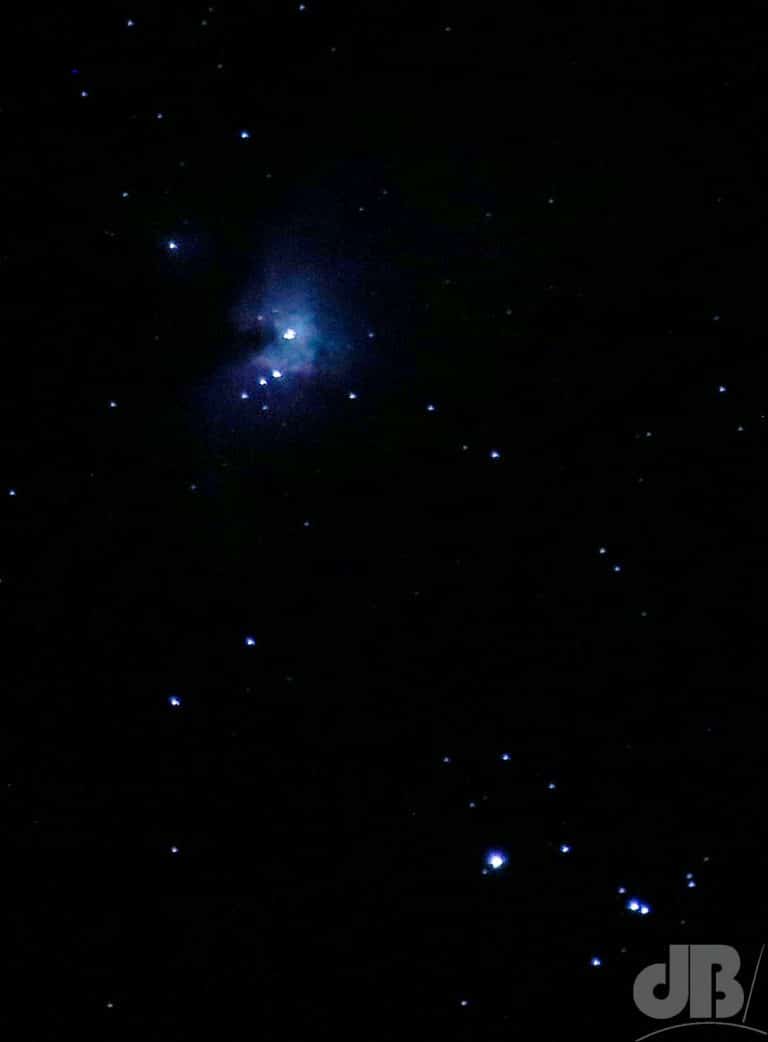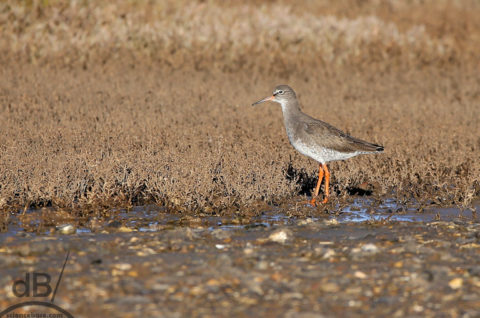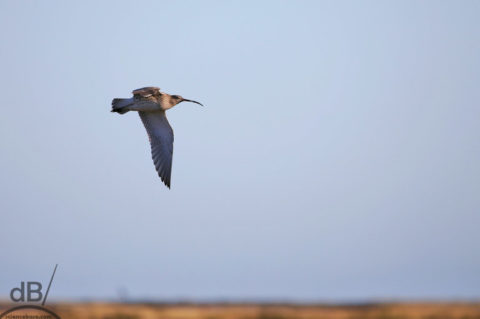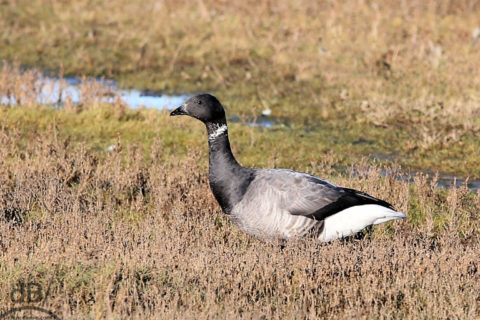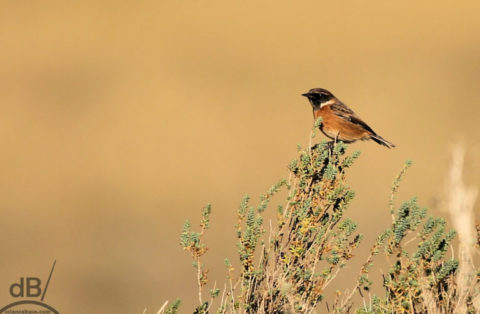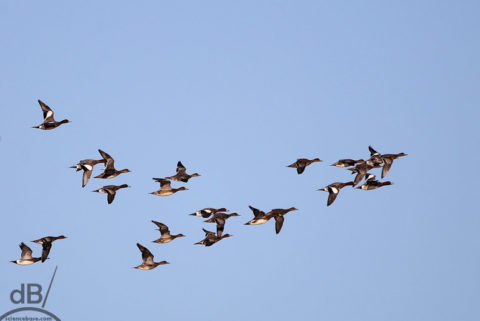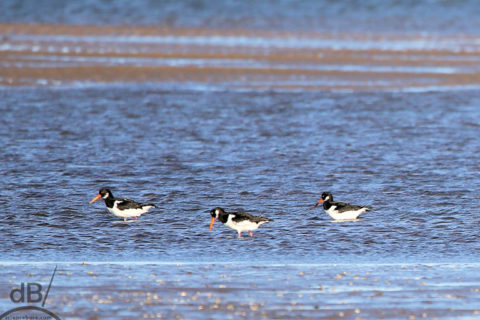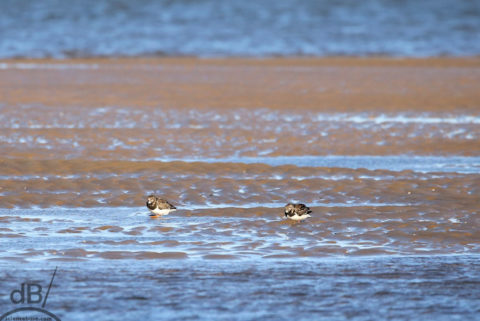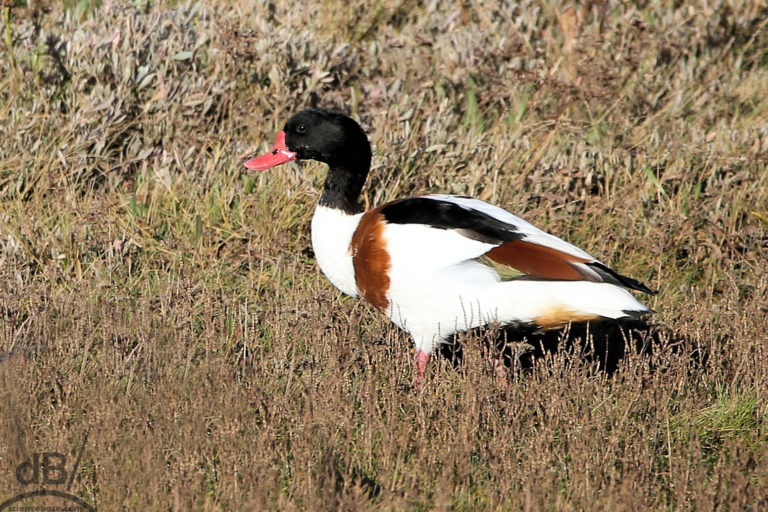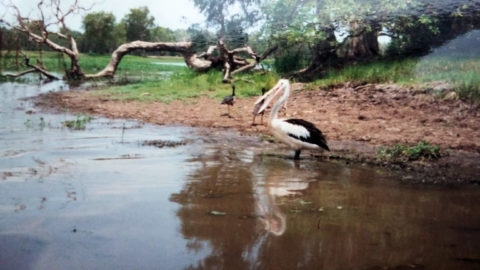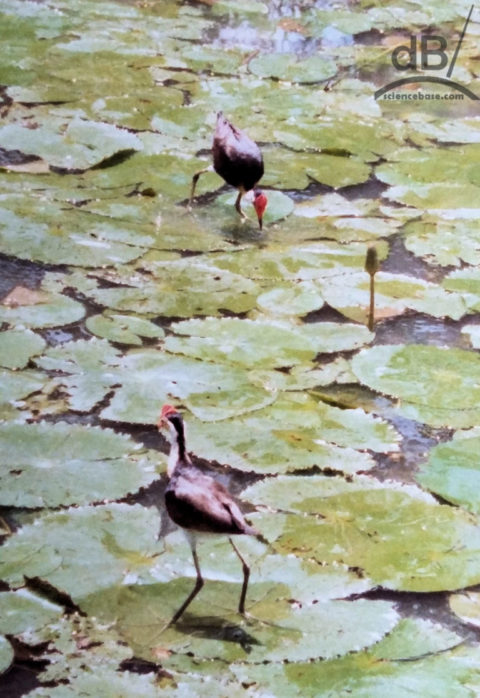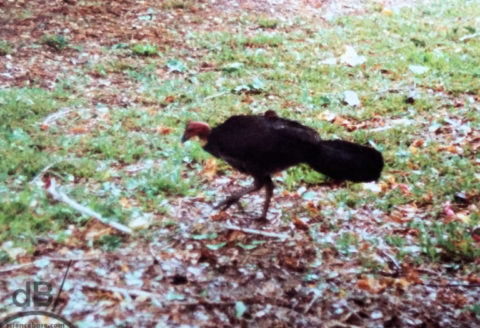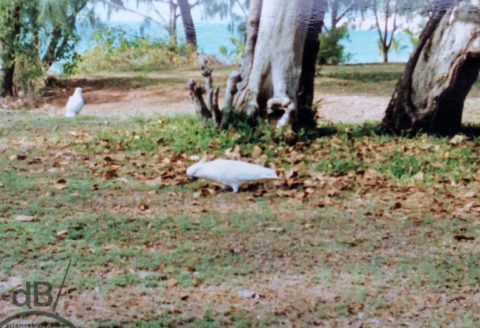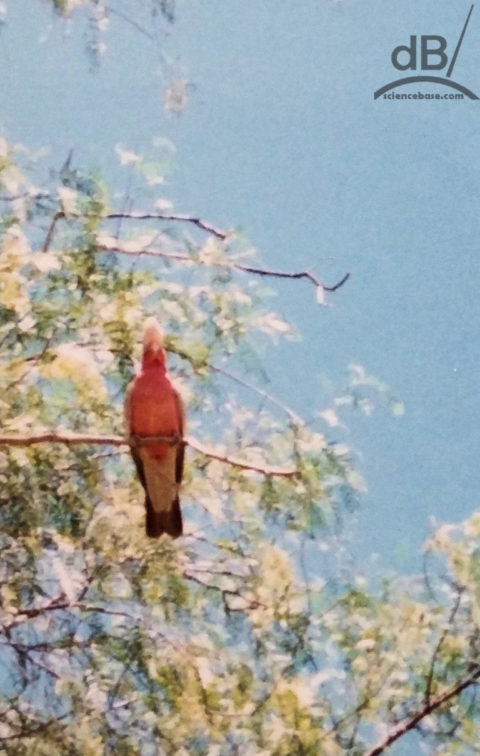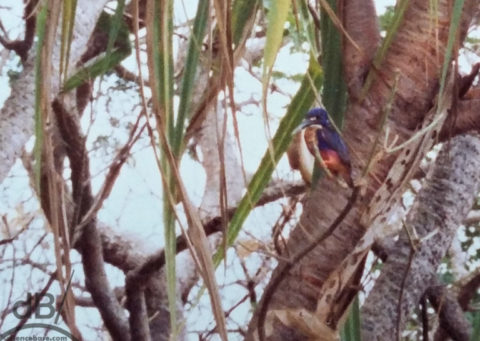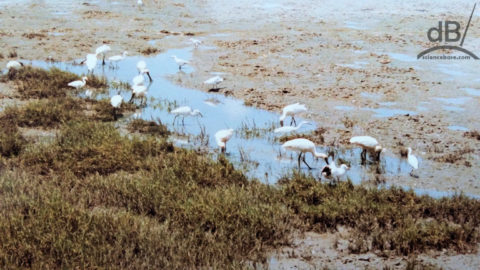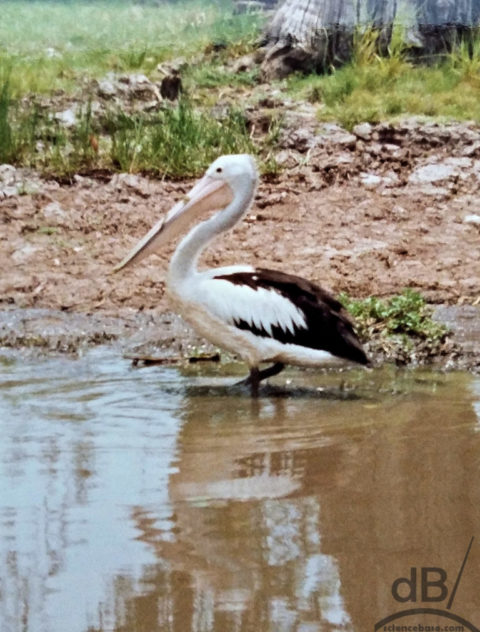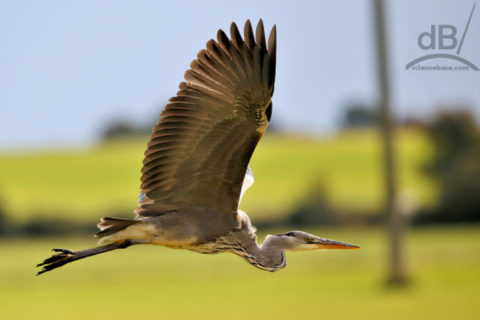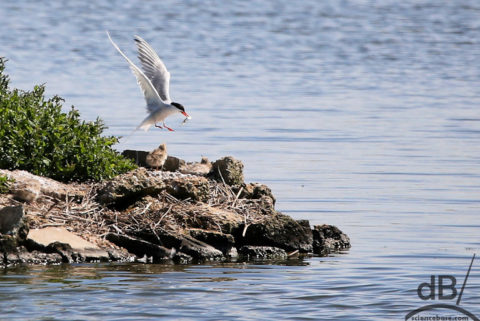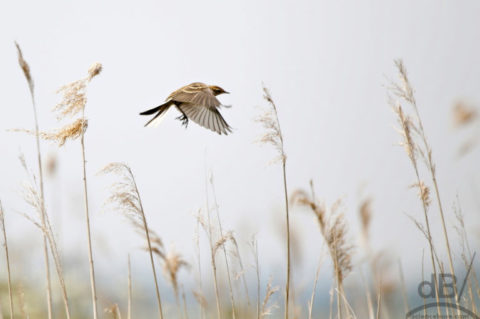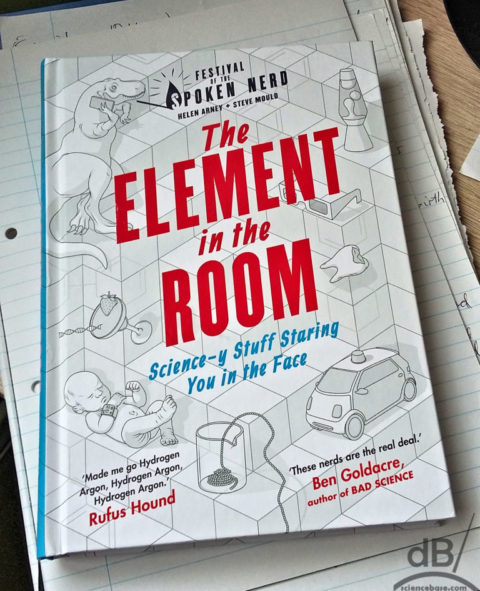My good friend Paul Sutherland alerted his Facebook cohort to the upcoming spectacle of the Geminid meteor shower. My immediate thought was what settings do I need to use with my camera having dabbled with astrophotography earlier this week. Thankfully, Suthers has me covered and saves me from having to write a full “HowTo”. Check out his guide to photographing a meteor shower here.
As with astrophotography, you will need a camera on a nice sturdy tripod. The camera must have the ability to control shutter speed and to have a time delay or a remote shutter control/cable release. It also needs to have a manual focus option.
So, what are we going to snap? The Geminids, that’s what. The Geminids are fragments of the object 3200 Phaethon which is probably a Palladian asteroid going around the sun in a “rock comet” orbit. Earth coincides with its path in December and those fragments that enter the atmosphere will burn up as “shooting stars”. Not due to friction but due to their high speed compressing the air in front of them and so heating it up to melting temperatures.
On a clear night, somewhere dark, away from streetlights etc, between December 4th and 17th (perhaps optimal will be 13th, 14th when they peak) point your camera on its tripod towards the constellation of Gemini. Use a wide angle. Live, manually focus on the stars. Set your ISO to between 800 and 1600. Widest aperture (smallest f-stop) possible and shutter speed based on the 500-rule to avoid capture motion of the stars due to Earth’s rotation. For a 20mm focal length, 500/20 = 25s maximum shutter speed.
At their peak, there will be a couple of shooting stars every minute from 10 pm onwards. Keep your eyes peeled, Once you’ve seen a few, you should be able to figure out their point of origin in that part of the sky in which the constellation Gemini lies. Adjust the angle and direction of your camera to capture the shooting star trails emanating from this point.
If you have a DSLR, there will likely be a cable release. If there’s an automated one you could set the camera up to fire a couple of times a minute all night and go to bed. It’ll keep shooting until the battery charge runs out. Some cameras will have Wi-Fi and an app that lets you control the camera via the internet and thus your smartphone, tablet, or PC. I’m just investigating as to whether the app for my Canon 6D lets one set up a scheduled regular shutter release so I can get a good night’s sleep while the camera does the work of watching the meteor shower.
NB Protect your camera from condensation and the weather outside and when you bring it back indoors.

